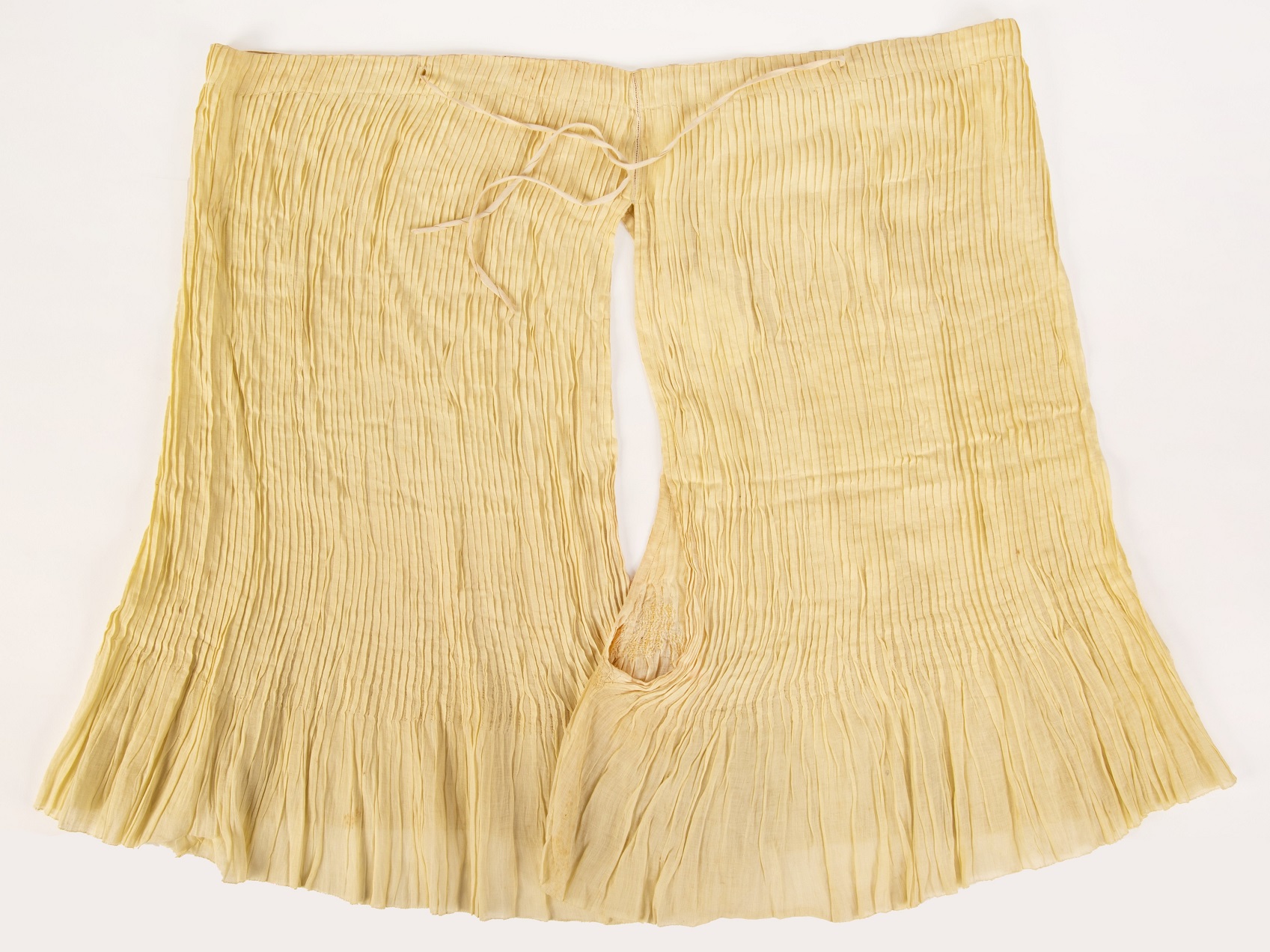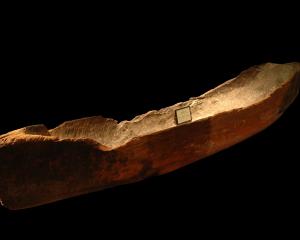
There’s something about underwear. It’s not quite the same as other clothes. Proximity to skin, the specific areas some garments conceal (or don’t), and its media associations all add to the effect. Despite the fact that almost all of us wear it, that it’s displayed and for sale both online and in accessible stores throughout the country, and the subject of some quite straightforward marketing campaigns, still, it comes with an extra tingle.

Tūhura Otago Museum has rather a lot of underwear in its dress and clothing collection: 46 items that have been classified as singlets, 51 items described as brassieres, and 33 corsets. We have 98 pairs of underpants, 73 camisoles, and 38 combinations. They are here because they document what we have worn and do wear, in the same way that ties and trousers, skirts and shirts, and kimonos and kilts all do.
Most of the pieces in our collection are reasonably practical, or were in their day. Some pieces were originally expensive, others less so. But at both ends of the spectrum we care for examples where the owners intervened to extend the life of their garment.

Mending of all sorts used to be an accepted part of the weekly household workload, which might involve replacing buttons, patching tears, and darning socks and stockings. A 1945 article in the New Zealand Journal of Agriculture makes it clear that this included underwear. It mentioned the fine needles necessary "for mending silk or cotton hosiery, underwear, and table linen; mending wools in various shades to suit the socks, stockings, jerseys, and underwear; cards of silk substitute for silk or lisle stockings and locknit lingerie ...".
Some of our underwear shows clear evidence of such practices. A pair of monogrammed open-crotch knickers have darns on the inside leg, probably from wear due to chafing, and there is a cotton bodice that has been made by cutting down a larger chemise. The most extreme examples of repair date to the 1930s: bras and a corselette (a garment combining elements of bras and girdles) with replaced shoulder straps made from lengths of ribbon or tape, overstitched rips or frayed edges, and darned tears in their machine lace fabric. Though it is easy to suggest that they bear witness to the severe hardship that some families experienced during and after the Depression, we don’t know if that is the case. It may have been due to lack of access to new garments, or even personal inclination. No landfill guilt there.
Moira White is humanities curator at Tūhura Otago Museum












